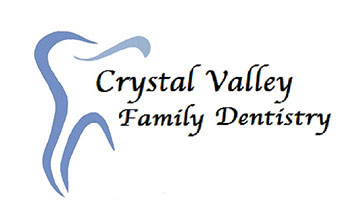
Facial Trauma Reconstruction
Accidents, falls, automobile crashes and violence are among the most common causes of facial trauma. Lacerations, broken or knocked-out teeth, fractured jaws, fractured facial bones, and intraoral lacerations are the most common injuries caused by these scenarios.
Facial trauma has a few different classifications:
- Soft Tissue Injuries: Skin lacerations or gum damage.
- Knocked-Out (Avulsed) Teeth: Filling the empty spot where the tooth was is crucial to keeping the area healthy and maintaining function in the long run.
- Bony Injuries: Cheekbones, jawbones, eye sockets, palates and noses are all in this classification.
- Special Regions: Nerves in the face, the eyes, and the salivary glands are considered the special regions.
Reasons for Facial Trauma Reconstruction
There are a lot of health risks that come with facial trauma. On top of the cosmetic benefits, ensuring complete function, strength, feel, and health of the face is also of utmost importance.
Trauma to the teeth should be quickly dealt with by a dentist. This is to avoid worsening the problem and causing new ones in the long one. Some problems that can arise from not getting tooth damage treated are:
- Loss of Functionality: If teeth have been hit or damaged, they may get loose and even fall out. Speaking and eating may become unpleasant and hard to do.
- Aesthetics: The dentist can easily repair any broken or chipped tooth. This will restore your smile and prevent bacteria from forming in hard-to-reach places deeper into the tooth.
- Bite/Jaw Irregularities: The alignment of your teeth and jaw may be affected by trauma. This can cause pressure to be exerted unevenly among teeth, causing them to wear more in certain areas. This can also cause physical pain in not only your mouth but your head and neck as well.
What does correcting facial trauma involve?
Like any broken bone, facial bones need to be left in place to heal correctly. This can be done with wires or plates and screws. Tissue lacerations like cuts will be stitched.
Teeth that have come completely out can be reinserted, but it’s not always possible. The sooner you can get the tooth reinserted, the more likely it is to survive. If it is found that the tooth is not able to be reinserted, you can restore the tooth using another method, such as a dental implant. There are methods a dentist can use to help save loose and broken teeth as well, such as root canal therapy.
Your dentist will ensure that you will receive the best treatment possible for your situation. Please contact the dentist if you have any questions regarding facial trauma surgery.


